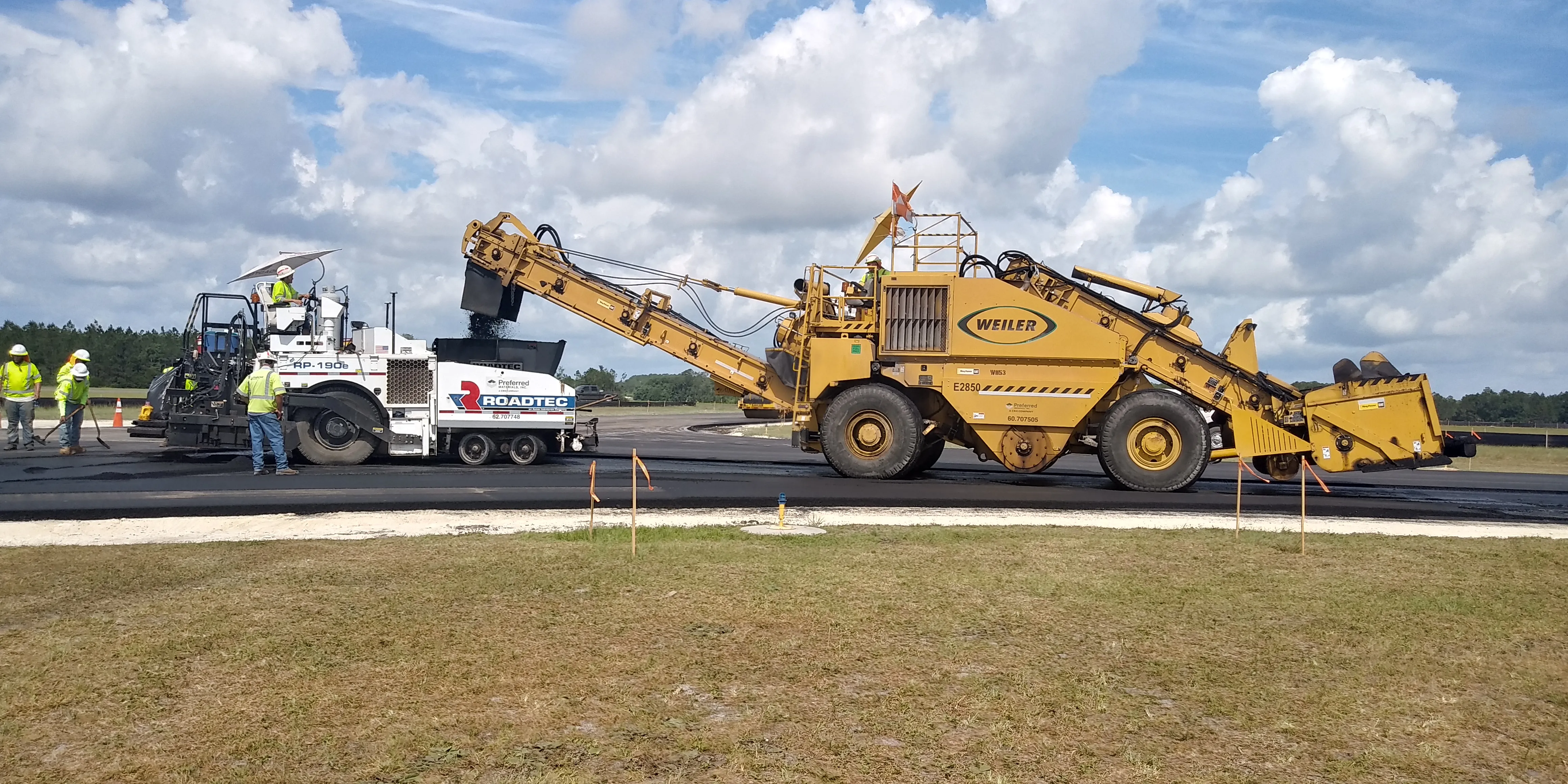
The National Asphalt Pavement Association (NAPA) recently gave its prestigious 2019 Ray Brown Airport Pavement Award to Preferred Materials, part of the CRH Group, of Jacksonville, Florida. The firm was winner for excellence in construction of an asphalt pavement for its work at Jacksonville’s Herlong Recreational Airport (HEG). The company was recognised at a ceremony during the association’s 65th Annual Meeting.
“The asphalt pavement industry is committed to building high-quality projects that deliver superior performance to the travelling public. All contractors’ projects earning a Quality in Construction award are measured against best practices designed to live up to that commitment,” said 2019 NAPA chairman John Harper. “Earning the Ray Brown Award demonstrates that Preferred Materials has met or exceeded these rigorous standards.”
Preferred Materials won the award for the rehabilitation of Herlong Recreational Airport’s Runway 11/29 and Taxiways C and D. The existing lime rock pavement at the airport was milled and added to make a new lime rock base, which was then paved with two lifts of FAA P-401 asphalt mixture. Full-depth asphalt pavement and lime rock removal was performed at the end of Runway 11/29 and then built up with soil, seed and sod. The job was completed in 90 days.
The award is named after Ray Brown, the Director of the National Center for Asphalt Technology from 1991-2007. Under Ray’s guidance and tenure, the centre became renowned for its asphalt pavement research. The award is presented to the highest scoring Quality in Construction — Airport Pavement project.







